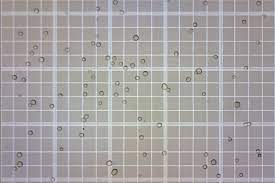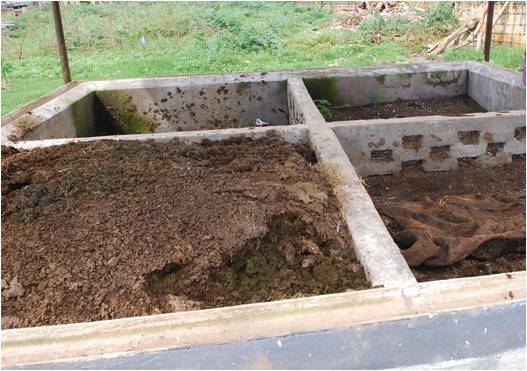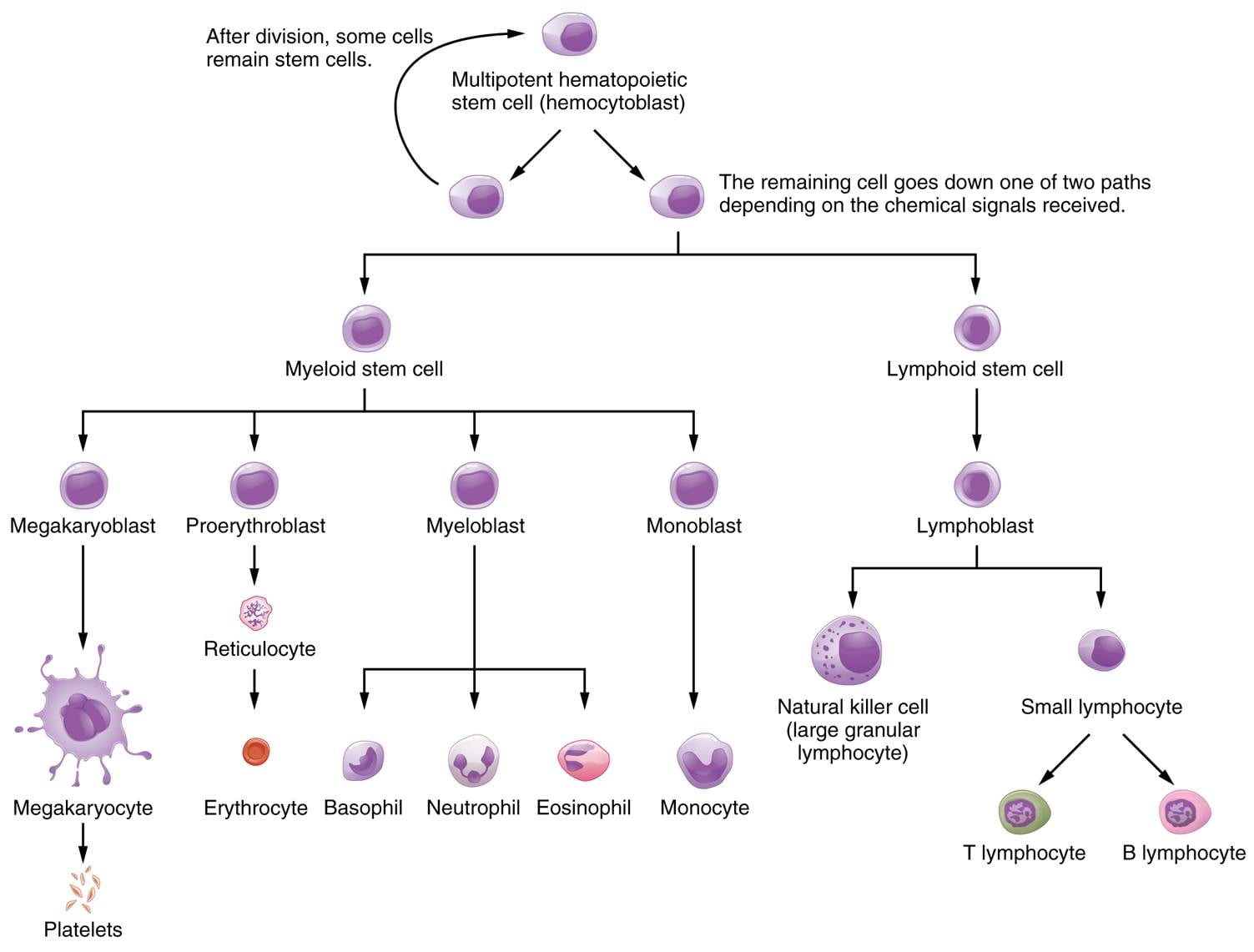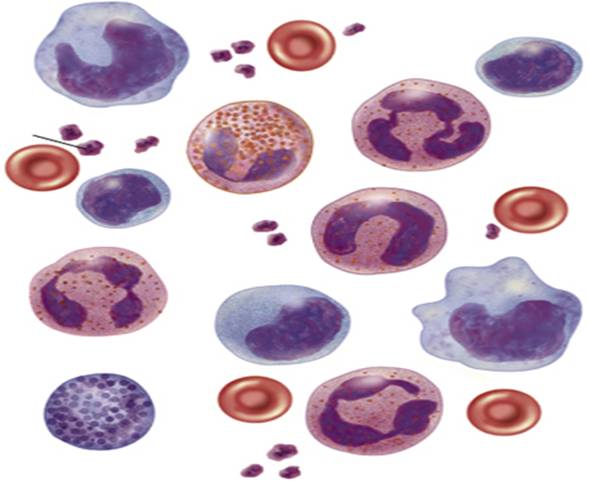White Blood Cell Count: Estimating the white blood cell count in blood samples is a fundamental aspect of medical diagnostics. White blood cells play a critical role in the immune system and provide insights into a patient’s health. This guide aims to provide a comprehensive overview of WBC count estimation methods, their significance, and the factors that can impact the accuracy of these estimations.
Understanding White Blood Cell Count in Blood Samples
White blood cells, also known as leucocytes, are derived exclusively from extravascular tissue, are actively amoeboid in nucleation, and do not contain hemoglobin. They are made up of several kinds of enzymes and nucleoproteins. When compared to red blood cells, they are less numerous and have a shorter lifespan. There are two types of WBCs: granulocytes and agranulocytes. Agranulocytes exhibit lymphocytes and monocytes, whereas granulocytes are further divided into eosinophil, basophil, and neutrophil subtypes. These cultivars have unique morphological, functional, and staining characteristics. White blood cells’ primary job is to carry out phagocytosis, the body’s defense mechanism against bacteria and other particles. Additionally, they play a role in the production of antibodies in the immune system’s defense mechanism. It also participates in the healing process in an inflammatory area.
The basic idea is to dilute the blood with an acid solution, which causes hemolysis to eliminate the red blood cells and highlights the white cell nuclei, making it easier to count the white cells.
Importance of WBC Count Estimation
Accurate WBC count estimations are essential for diagnosing various medical conditions, including infections, autoimmune disorders, and leukemias. Abnormal WBC counts can indicate underlying health problems, prompting further investigation and appropriate treatment. “Estimating White Blood Cell Count in Blood Samples”
Methods for Estimating White Blood Cell Count in Blood Samples
There are two main ways to estimating white blood cell Count in Blood Samples:
1. Manual estimation (Hemocytometer Method): This involves counting the number of WBCs in a drop of blood under a microscope. This method is less accurate than automated methods, but it can be useful in situations where automated methods are not available.
The quantity of white blood cells in one cubic millimeter of blood is known as the white cell count. In a healthy individual, the usual range for white blood cell count is 5000–10,000 cells per cubic millimeter, or 7–11 thousand cells/µl of blood volume. In situations of sickness, there is a variation in the normal values. In diseases like smallpox, leukemia, meningitis, pneumonia, etc., the WBC count rises (leucocytosis), but in diseases like influenza, typhoid, infectious hepatitis, etc., the count falls (leucopenia). Additionally, the count increases after menstruation and during pregnancy. White blood cell counts are therefore helpful in diagnosis. ‘Estimating White Blood Cell Count in Blood Samples’
Requirements: Neubaur chamber, WBC pipette, Cover slip, WBC diluting fluid, Needle, spirit, cotton.
Procedure:
- Sterilize the finger tip with cotton plug soaked in 70% alcohol and let it dry.
- Take a bold prick to have free flow of blood and draw the blood in a WBC pipette up to 0.5 mark.
- Dip the WBC pipette in WBC diluting fluid up to 11 mark and rotate the pipette equally in your hands to mix the solution well by swirling.
- Take the haemocytometer and place it on the flat surface of the work bench. Place the cover slip on the counting chamber.
- Allow a small drop of diluted blood, hanging from the pipette, to sweep into the counting chamber by capillary action. Make sure that there is no air bubble and there is no overfilling beyond the ruled area.
- Leave the counting chamber on the bench for 3 minutes to allow the cells to settle.
- Observe the cells by placing the counting chamber on the mechanical stage of the microscope.

Focus on one of the corner squares of the counting chamber and count the white cells schematically, starting from the upper left small square of each Square. Repeat the count in all the four corners of the chamber. Apply the margin rules i.e. count the cells lying on two adjacent margins, and discard those on the other two margins.
Calculation:
No. of cells X Dilution factor X Depth factor
———————————————————-
Area count
Where:
Dilution factor = 20, Depth factor = 10, Area count = 4

Result: The number of white blood cells present in one µl of bloodspecimen is ___________
2. Automated estimation: This involves using an automated hematology analyzer to count the number of WBCs in a blood sample. Automated methods are more accurate than manual methods, and they are also faster and easier to perform. Automated hematology analyzers work by passing the blood sample through a series of chambers. In each chamber, the blood cells are exposed to different types of light. The way that the blood cells scatter and absorb light is used to identify and count the different types of blood cells, including WBCs.
Accuracy of Estimating White Blood Cell Count in Blood Samples
Automated WBC count estimation is generally more accurate than manual WBC count estimation. However, there are a number of factors that can affect the accuracy of both methods, such as the quality of the blood sample, the type of equipment used, and the skill of the technician.
When to Estimating White Blood Cell Count in Blood Samples
The WBC count is often estimated as part of a complete blood count (CBC). A CBC is a routine blood test that measures the levels of different types of blood cells, including WBCs, red blood cells, and platelets.
A CBC may be ordered to diagnose a variety of conditions, such as infections, anemia, and leukemia. The CBC may also be ordered to monitor the response to treatment for certain conditions.
Factors Affecting on Estimating White Blood Cell Count in Blood Samples
Several factors can impact the accuracy of WBC count estimations. It’s important to consider these factors during the estimation process: ‘Estimating White Blood Cell Count in Blood Samples’
Pre-Analytical Factors: Factors such as sample handling, anticoagulant used, and storage conditions can influence WBC counts. Proper sample collection and handling are critical to obtaining accurate results.
Analytical Factors: The choice of method and equipment used for estimation can impact accuracy. Calibration, instrument maintenance, and quality control measures are vital to ensure reliable results.
Post-Analytical Factors: Data interpretation and reporting also play a role. Ensuring correct calculations, result reporting, and cross-referencing with clinical context are essential steps.
Conclusion
White blood cell counts must be estimated accurately in order to diagnose and track a variety of medical disorders. Both patients and medical professionals can make educated decisions regarding their care by being aware of the estimating techniques and the variables that affect accuracy.







